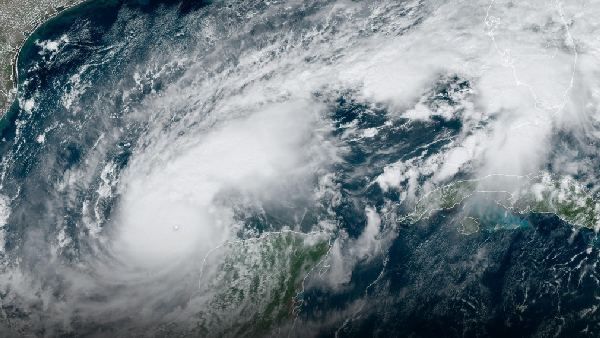Hurricane Milton, a Category 5 storm, made landfall in the United States in 2024, wreaking havoc along the Gulf of Mexico. With winds up to 180 mph, the hurricane first impacted Florida’s west coast, particularly threatening cities like Tampa and Sarasota. The storm brought heavy rainfall, dangerous storm surges, and extreme winds, causing widespread flooding and damage.
Preparations and Response:
Florida Governor Ron DeSantis declared a state of emergency on October 5, prior to the storm’s arrival. Authorities ordered mass evacuations in coastal regions and opened emergency shelters. Schools and universities closed, and airports such as Tampa International and Orlando International halted operations, leading to flight cancellations and delays. Several cruise lines and transportation systems were also disrupted.
Flood watches were issued for about 15 million people in the region. Emergency management teams and the Florida National Guard were mobilized to provide relief efforts, while tolls were suspended to facilitate faster evacuation. Sandbagging sites were set up across the state to minimize flood damage.
Impact on Communities:
The greatest threat came from storm surges, with water levels expected to rise up to 15 feet in some areas, inundating low-lying coastal communities. Coastal towns and cities faced extensive flooding, road damage, and power outages, which posed challenges for recovery efforts. Meteorologists warned of life-threatening flooding due to high rainfall rates and the rapid intensification of the storm.
Many businesses and residents in the storm’s path took precautions by boarding up windows and securing properties to minimize damage. Additionally, non-essential government services were suspended, and the Federal Emergency Management Agency (FEMA) prepared resources to support the post-storm cleanup.
Federal Assistance:
President Joe Biden approved an emergency declaration for Florida, allowing federal funds and resources to be allocated quickly. These funds supported state and local response efforts, including debris removal, restoration of essential services, and emergency medical aid.
Environmental Impact:
Hurricanes of this magnitude often cause long-lasting damage to coastal ecosystems, with high winds and storm surges potentially leading to erosion, habitat loss, and contamination of water supplies due to saltwater intrusion. Milton is expected to have similar consequences, with coastal wetlands, estuaries, and mangroves at risk.
Conclusion:
Hurricane Milton, with its extreme intensity, has put millions of lives and properties in danger. The collective response from federal, state, and local authorities aims to mitigate damage and ensure public safety. As the storm moves inland, its effects on infrastructure, economy, and the environment will become more evident, requiring a coordinated long-term recovery effort. This disaster serves as a reminder of the growing intensity of storms in recent years, linked to climate change, and the increasing need for resilient infrastructure and preparedness strategies.






